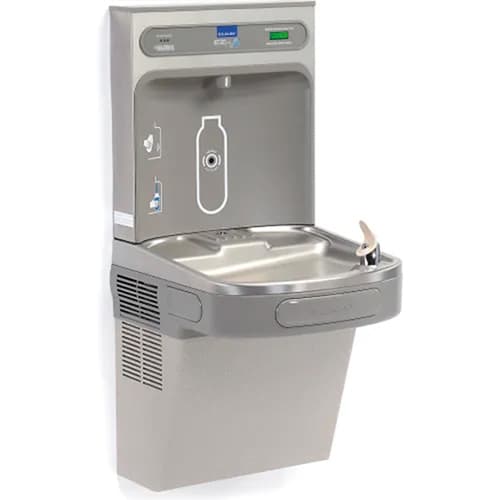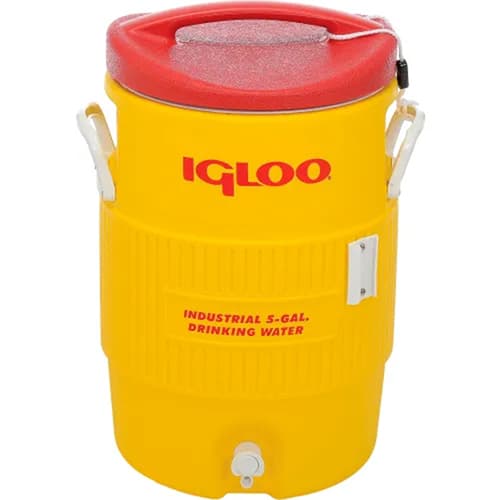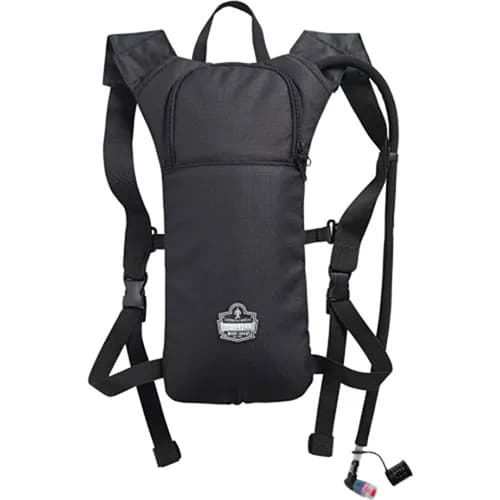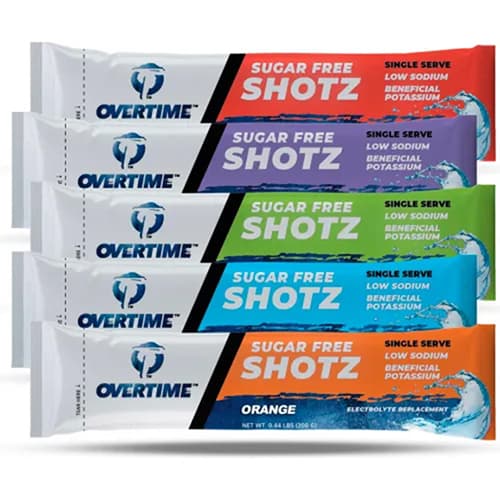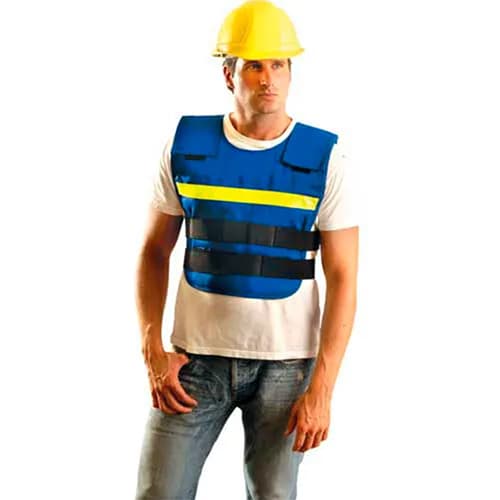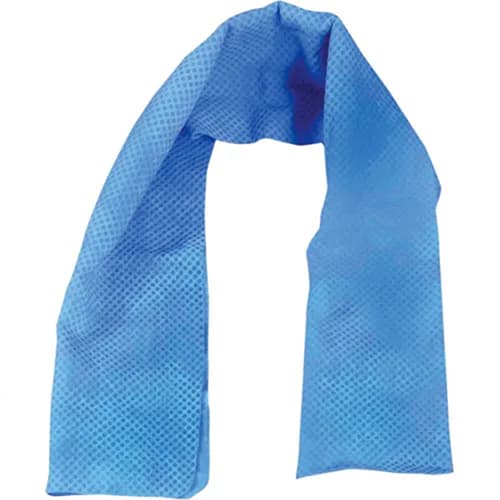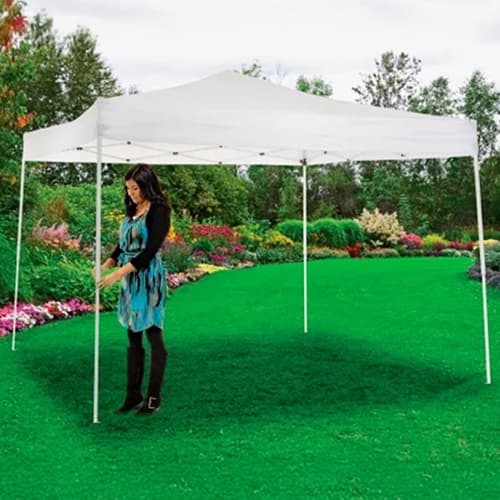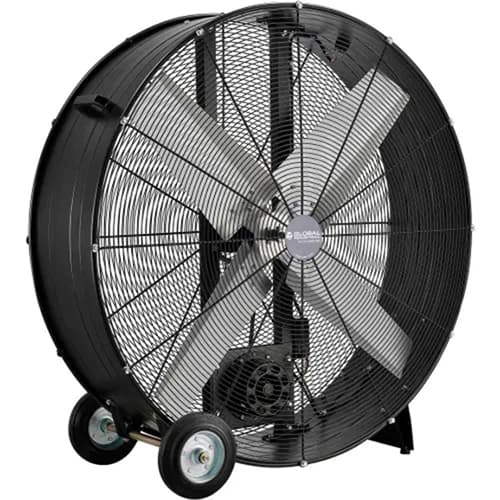With summer temperatures climbing higher each year, outdoor workers are at increasing risk of heat-related illnesses. Heat stress prevention in the workplace is no longer optional—it’s essential. These rising temperatures not only pose a threat to worker health but also impact productivity and the bottom line. Without proper cooling measures, businesses may face increased absenteeism, reduced efficiency, and potential safety hazards. But workplace heat safety isn’t just about avoiding illness—it’s about optimizing performance and supporting workers with the right policies and industrial cooling solutions.
Each summer sets new records for high temperatures, and industries that rely on outdoor or high-exertion labor are feeling the effects. According to the U.S. Bureau of Labor Statistics, thousands of workers experience heat-related injuries and illnesses each year, leading to lost workdays and operational disruptions. On average, affected workers take two days off to recover—putting added strain on crews, projects, and deadlines. Preventing heat exhaustion is more important than ever.
The correlation between temperature and productivity is clear: studies show that for every degree the temperature rises above 77°F, worker productivity can drop by as much as 1–2%. Without strong heat stress prevention strategies, job performance suffers, leading to delays and increased costs. Heat workplace safety isn’t just about keeping crews cool —it’s about ensuring efficiency and business continuity.
Industries Most Affected by Heat Stress
Heat stress prevention for various industries must be tailored to their unique risks and working conditions:
- Trade, Transportation, and Utilities: This sector experiences the highest number of heat-related injury cases. Workers like truck drivers, warehouse staff, airline ground crews, and stock clerks often face extreme temperatures with limited ventilation.
- Construction: Direct sunlight and intense physical labor make construction professionals—such as electricians, equipment operators, and plumbers—especially prone to heat illness. These conditions demand proactive prevention for heat exhaustion.
- Public Sector and Service Workers: Jobs that require extended outdoor exposure, like law enforcement and animal control, see elevated risks and require vigilant heat safety protocols.
- Loading Dock Workers: Enclosed spaces with minimal air circulation and strenuous tasks put loading dock personnel at risk, making heat stress prevention equipment and policies a must-have.
To keep workers safe and productive, companies need a comprehensive approach that includes both policy and equipment-based heat stress prevention solutions. This includes education on how to avoid heat stroke and heat exhaustion, along with implementing gear and hydration stations that actively lower core body temperatures.
Essential Heat Safety Policies
These foundational practices support both prevention for heat exhaustion and overall workplace heat safety:
- Acclimatization: Gradually increase exposure for new or returning workers to help them adapt to hot environments.
- Frequent Breaks: Regular rest in shaded or cooled areas reduces the likelihood of overheating.
- Emergency Plan: Have a clear process in place for recognizing, responding to, and treating symptoms early.
- Training and Awareness: Workers should understand heat stress symptoms and prevention techniques and know the signs of heat exhaustion and heat stroke.
- Buddy System: Peer monitoring helps catch early signs of heat stress, enabling quicker response and prevention for heat exhaustion.
- Scheduling Adjustments: Assign physically demanding tasks during cooler parts of the day.
- Sun Protection: Offer protective clothing, sunscreen, and hats to reduce overall body heat absorption.
- Management Involvement: Train supervisors to check in frequently and adjust workflows to support heat stress prevention efforts.
- Heat Safety Regulations Compliance: Align workplace practices with OSHA and state-level heat safety regulations to stay compliant and protect workers effectively.
Equipment Solutions for Cooling and Hydration
Hydration
Proper hydration is one of the most effective tools in the prevention for heat exhaustion:
Protective Apparel and Personal Cooling Gear
Investing in personal cooling equipment is a smart step in how to avoid heat exhaustion:
Cooling Vests:
These regulate core temperature through advanced cooling technology.
Cooling Towels:
Provide instant relief when wrapped around high-heat areas like the neck.
UV-Protective Clothing:
Reduces sun exposure and helps regulate body temperature.
Shade Solutions
Portable Canopies & Cooling Tents:
Create cool-down zones where workers can recover from high-heat exposure.
Air Circulation & Cooling Systems
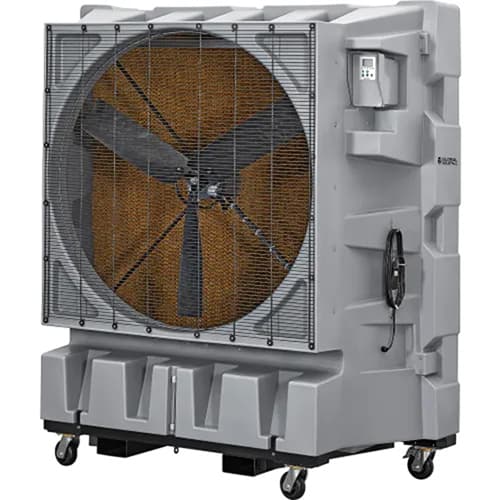
Portable Cooling Stations:
Deliver AC-powered relief in high-risk zones for advanced heat stress prevention and quick cool-downs.
From construction crews to warehouse staff, everyone benefits from a proactive approach to heat stress prevention. It’s not just a matter of comfort—it’s a matter of safety, efficiency, and legal compliance. Companies that prioritize prevention for heat exhaustion help reduce absenteeism, avoid costly incidents, and maintain a productive, motivated workforce.
By combining smart policies with practical industrial cooling solutions, businesses can combat rising temperatures and protect what matters most—their people. As summer heat intensifies, don’t wait to act. Educate your team on how to avoid heat stroke and heat exhaustion, build the right infrastructure, and stay compliant with heat safety regulations.
Keeping your crew cool isn’t just about comfort—it’s about knowing how to avoid heat exhaustion, protecting your people, and keeping projects on track in the heat of the job.
The information contained in this article is for informational, educational, and promotional purposes only and is based on information available as of the initial date of publication. It is the reader’s responsibility to ensure compliance with all applicable laws, rules, codes and regulations. If there is any question or doubt in regard to any element contained in this article, please consult a licensed professional. Under no circumstances will Global Industrial® be liable for any loss or damage caused by your reliance on this article.
